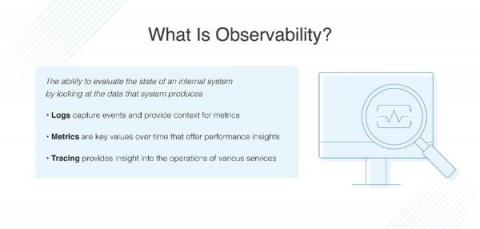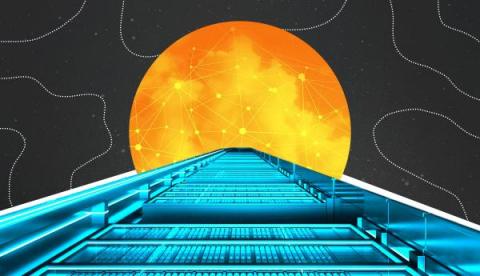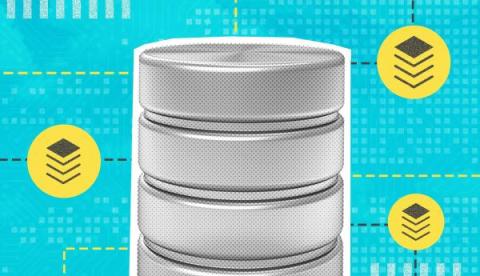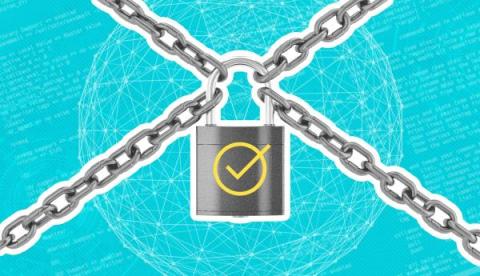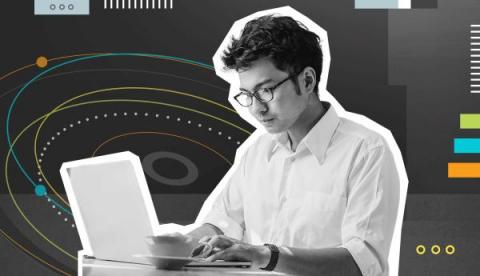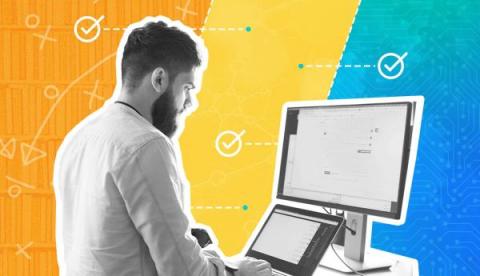Edge Computing vs. Cloud Computing and What It Means For Your Environment
For decades, network administrators have tried to combine and centralize compute power. And the premise behind cloud computing was to delegate your data storage, analytics, and computing intelligence to some remote data center instead of or in addition to these resources remaining solely on-premises. Nowadays, increased processing power is combining with increased demands on response time to reverse the process. This blog post will dive deeper into the resulting trend, called edge computing.



